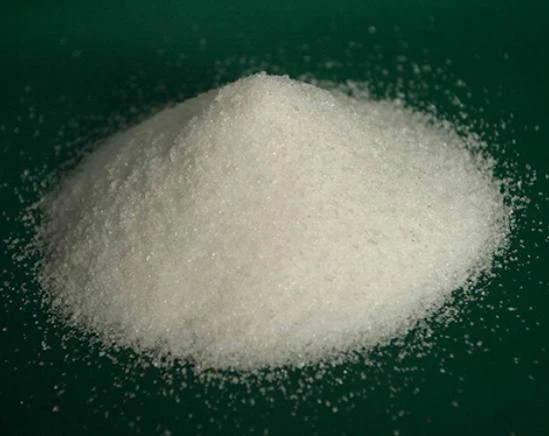Exploring the Applications and Benefits of Polyhydroxy Carboxylic Acids in Modern Chemistry
Understanding Polyhydroxycarboxylic Acids A Comprehensive Overview
Polyhydroxycarboxylic acids (PHCAs) are an intriguing class of organic compounds characterized by the presence of multiple hydroxyl (-OH) and carboxyl (-COOH) functional groups. These acids play significant roles in various biological processes and have garnered attention in fields ranging from pharmaceuticals to food science due to their unique properties and potential applications.
Structure and Properties
PHCAs can be defined as organic acids that contain two or more hydroxyl groups along with one or more carboxylic acid groups. Common examples include citric acid, gluconic acid, and lactic acid. The presence of multiple functional groups allows these compounds to exhibit a range of properties, including excellent solubility in water, which enhances their utility in biological systems and industrial applications.
The hydroxyl groups contribute to their ability to form hydrogen bonds, leading to higher boiling points compared to their monohydroxy counterparts. This property is important in various applications where stabilization and solubility are key factors, such as in pharmaceuticals and food additives.
Natural Occurrence
Many polyhydroxycarboxylic acids are naturally occurring compounds produced by plants and microorganisms. For instance, citric acid is abundant in citrus fruits, while gluconic acid is produced by the oxidation of glucose by bacteria. These naturally derived acids have established roles in metabolic pathways, influencing cellular respiration and energy production.
In addition to their biological significance, PHCAs are also widely used in the food industry as natural preservatives and flavor enhancers. Their ability to chelate metal ions helps in preventing spoilage, while their sour taste contributes to flavor profiles in beverages and food products.
polyhydroxycarboxylic acid

Industrial Applications
The unique characteristics of polyhydroxycarboxylic acids have led to their application in various industries beyond food. In the pharmaceutical industry, compounds like lactic acid are utilized in drug formulation and delivery systems due to their biocompatibility and biodegradability. Lactic acid, for instance, is a key ingredient in the production of polylactic acid (PLA), a sustainable alternative to conventional plastics that is used in packaging, disposable cutlery, and medical devices.
Furthermore, PHCAs are being researched for their potential as biopolymers. The ability to modify the structure of these acids enables the development of materials that possess desirable mechanical and thermal properties. This adaptability makes them suitable for use in environmentally friendly materials and sustainable practices.
Environmental Impact and Sustainability
Another significant aspect of polyhydroxycarboxylic acids is their contribution to environmental sustainability. As biodegradable and non-toxic substances, PHCAs can play a pivotal role in reducing reliance on petrochemical products. Their integration into various sectors can mitigate environmental pollution and promote circular economy practices.
Moreover, advancements in biotechnology have made it feasible to produce these acids through fermentation processes using renewable resources. This not only reduces carbon footprints but also enhances the feasibility of producing these compounds at scale for various applications.
Conclusion
Polyhydroxycarboxylic acids are a versatile group of compounds with far-reaching implications in numerous fields. Their unique chemical properties, natural abundance, and potential for sustainable production make them invaluable in advancing technologies that focus on health, nutrition, and environmental sustainability. As research continues to unravel new applications and improve processes for the synthesis of PHCAs, their importance in both scientific and industrial realms is poised to grow, addressing many of the challenges faced in modern society. The exploration of polyhydroxycarboxylic acids represents not only a significant area of study within organic chemistry but also a pathway toward a more sustainable future.
-
Water Treatment with Flocculant Water TreatmentNewsJun.12,2025
-
Polymaleic AnhydrideNewsJun.12,2025
-
Polyaspartic AcidNewsJun.12,2025
-
Enhance Industrial Processes with IsothiazolinonesNewsJun.12,2025
-
Enhance Industrial Processes with PBTCA SolutionsNewsJun.12,2025
-
Dodecyldimethylbenzylammonium Chloride SolutionsNewsJun.12,2025





